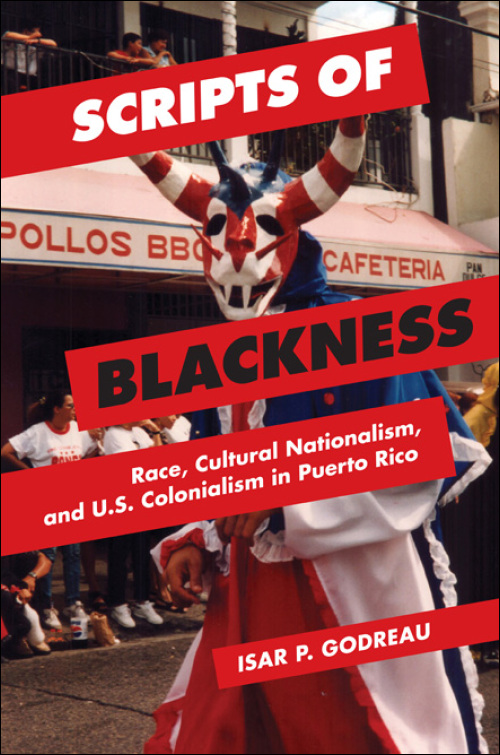Why Today’s GOP Crackup Is the Final Unraveling of Nixon’s ‘Southern Strategy’Posted in Articles, Barack Obama, Economics, Media Archive, Politics/Public Policy, United States on 2015-10-16 17:56Z by Steven |
Why Today’s GOP Crackup Is the Final Unraveling of Nixon’s ‘Southern Strategy’
The Nation
2015-10-12
Tea Party rebels are exposing the deep rifts between country-club elites and social-issue hard-liners.
Fresh chatter among Washington insiders is not about whether the Republican Party will win in 2016 but whether it will survive. Donald Trump — the fear that he might actually become the GOP nominee — is the ultimate nightmare. Some gleeful Democrats are rooting (sotto voce) for the Donald, though many expect he will self-destruct.
Nevertheless, Republicans face a larger problem. The GOP finds itself trapped in a marriage that has not only gone bad but is coming apart in full public view. After five decades of shrewd strategy, the Republican coalition Richard Nixon put together in 1968 — welcoming the segregationist white South into the Party of Lincoln — is now devouring itself in ugly, spiteful recriminations.
The abrupt resignation of House Speaker John Boehner was his capitulation to this new reality. His downfall was loudly cheered by many of his own troops — the angry right-wingers in the House who have turned upon the party establishment. Chaos followed. The discontented accuse party leaders of weakness and betraying their promises to the loyal rank and file
At the heart of this intramural conflict is the fact that society has changed dramatically in recent decades, but the GOP has refused to change with it. Americans are rapidly shifting toward more tolerant understandings of personal behavior and social values, but the Republican Party sticks with retrograde social taboos and hard-edged prejudices about race, gender, sexual freedom, immigration, and religion. Plus, it wants to do away with big government (or so it claims)…
…In 2008, when Americans elected our first black president, most of the heavy smears came after Barack Obama took office. Grassroots conservatives imagined bizarre fears: Obama wasn’t born in America; he was a secret Muslim. Donald Trump demanded to see the birth certificate. GOP leaders like Senator Mitch McConnell — who had been a civil-rights advocate in his youth — could have discouraged the demonizing slurs. Instead, McConnell launched his own take-no-prisoners strategy to obstruct anything important Obama hoped to accomplish.
At least until now, Republicans have gotten away with this bigotry. As a practical matter, there was no political price. Democrats often seemed reluctant to call them out, fearful that it might encourage even greater racial backlash. Indeed, the Dems developed their own modest Southern strategy — electing centrists Jimmy Carter of Georgia and later Bill Clinton of Arkansas to the White House. But the hope that Democrats could make peace with Dixie by moderating their liberalism was a fantasy. Conservatives upped the ante and embraced additional right-wing social causes…
…A Republican lobbyist of my acquaintance whose corporate client has been caught in the middle of the political disturbances shared a provocative insight. “I finally figured it out,” he told me. “Obama created the tea party.” I laughed at first, but he explained what he meant. “We told people that Obama was a dangerous socialist who was going to wreck America and he had to be stopped, when really we knew he was a moderate Democrat, not all that radical,” the lobbyist said. “But they believed us.”
In other words, the extremist assaults on the black president, combined with the economic failures, were deeply alarming for ordinary people and generated a sense of terminal crisis that was wildly exaggerated. But it generated popular expectations that Republicans must stand up to this threat with strong countermeasures — to win back political control and save the country. I suggested that racial overtones were also at work. “That’s your opinion,” the lobbyist said. “I don’t know about that.”…
Read the entire article here.

